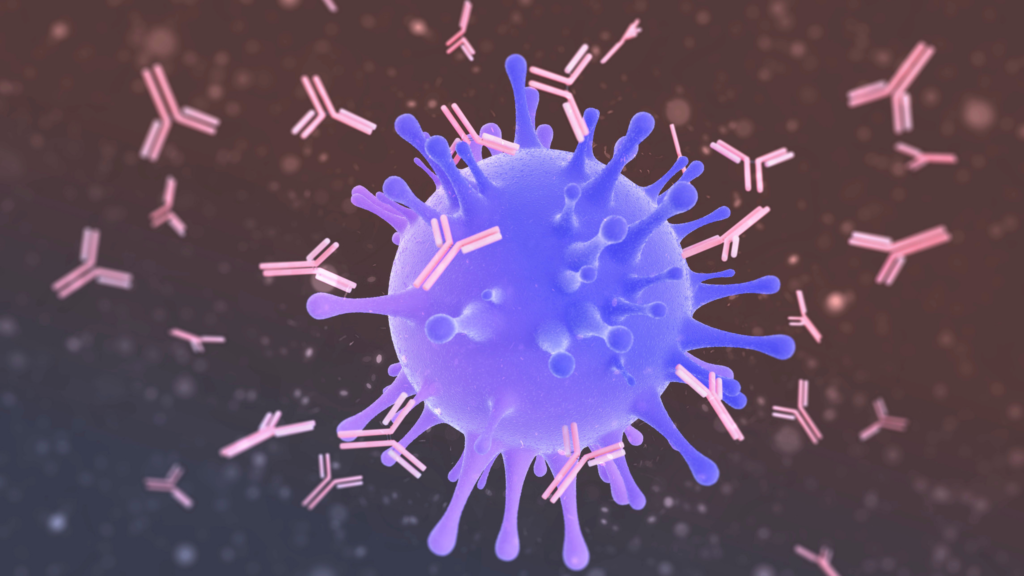
When a virus enters the body, it is picked up by certain cells of the immune system. They transport the virus to the lymph nodes where they present its fragments, known as antigens, to CD8+ T cells responsible control of viral infections. Each of these cells carries a unique T cell receptor on the surface that can recognize certain antigens.
For a person to acquire immunity to a disease, T cells must develop into memory cells after contact with the pathogen. Until now, the number of cells that do this was believed to depend above all on the magnitude of the initial immune response.
To bring the infection under control and maximize the defenses against the virus, these few antigen-specific T cells start dividing rapidly and develop into effector T cells. These kill virus-infected host cells and then die off themselves once the infection is cleared. Some of these short-lived effector cells – according to the generally accepted theory – turn into memory T cells, which persist in the organism long term. In case the same pathogen enters the body again, memory T cells are already present and ready to fight the invader more swiftly and effectively than during the first encounter.
Having considered how an appropriate primary immune response is mounted to pathogens in both the peripheral lymphoid system and the mucosa-associated lymphoid tissues, we now turn to immunological memory, which is a feature of both compartments. Perhaps the most important consequence of an adaptive immune response is the establishment of a state of immunological memory. Immunological memory is the ability of the immune system to respond more rapidly and effectively to pathogens that have been encountered previously, and reflects the preexistence of a clonally expanded population of antigen-specific lymphocytes. Memory responses, which are called secondary, tertiary, and so on, depending on the number of exposures to antigen, also differ qualitatively from primary responses. This is particularly clear in the case of the antibody response, where the characteristics of antibodies produced in secondary and subsequent responses are distinct from those produced in the primary response to the same antigen.
Protective immunity against reinfection is one of the most important consequences of adaptive immunity operating through the clonal selection of lymphocytes.
Speaking of the importance of the immunity system, we thought of sharing some points that would help you in boosting it:
- Stay up-to-date on recommended vaccines
- Maintain a healthy diet that can help ensure you’re getting sufficient amounts of the micronutrients that play a role in maintaining your immune system, including: Vitamin B6, C & E
- Exercise regularly
- Hydrate, hydrate, hydrate
- Get plenty of sleep
- Minimize stress!

